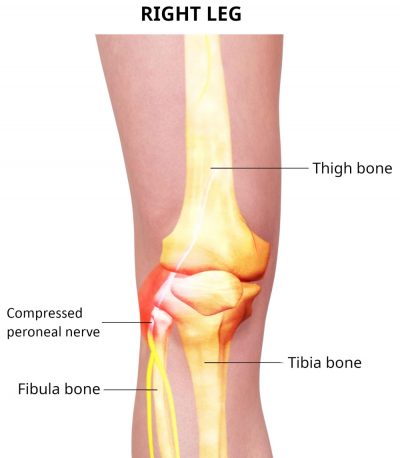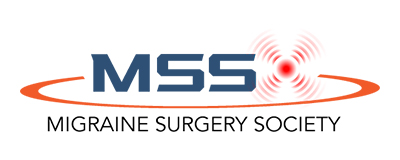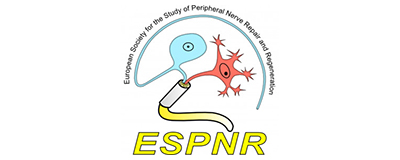What is peroneal tunnel syndrome?
Peroneal tunnel syndrome is a condition that affects the peroneal nerve, a nerve that supplies sensation to the outer part of the lower leg and the back of the foot. It also powers muscles which bring the foot and toes up. This nerve travels down the back of the thigh and wraps around the outside of the knee before entering the peroneal tunnel, which is a narrow channel between the fibula bone and surrounding structures. The peroneal nerve can become compressed or damaged within this tunnel, leading to peroneal tunnel syndrome.
What are the causes of peroneal tunnel syndrome?
Peroneal tunnel syndrome is often associated with one of the following conditions, but there may not be an underlying cause identifiable:
- habitual knee crossing, kneeling or squatting for long periods of time
- pressure on the outer side of the leg during deep sleep
- ganglion (a fluid filled sac) arising from the knee joint
- constriction of the lower leg, such as a plaster cast that is too tight
What are the symptoms of peroneal tunnel syndrome?
The problems associated with peroneal tunnel syndrome usually develop over longer periods of time but they may also come about suddenly. The symptoms include:
- Pain in the lower leg. It may be mild to severe and may occur at rest or during physical activity
- Numbness or tingling in the lower leg and back of the foot. This sensation is often described as a feeling of “pins and needles”
- Weakness in the muscles that control the foot and toes. This can make it difficult to lift the foot or toes when walking or performing other physical activities
- Foot drop. It is a condition in which the foot cannot be lifted normally, causing it to drag while walking. This is a common symptom
- Swelling in the outer side of the knee or lower leg may occur in some cases of peroneal tunnel syndrome
How is the peroneal tunnel syndrome diagnosed?
As with other peripheral nerve conditions, the diagnostic process starts with:
- history of the problem including other health conditions
- specialist examination detecting isolated problem with peroneal nerve often associated by the Tinel sign (tingling sensation after gently hitting the skin overlying the peroneal tunnel)
These are often followed by:
- nerve conduction studies and electromyography to assess the function of the peroneal nerve and affected muscles
- imaging of the knee joint by X-ray
- imaging of the nerve by ultrasound or MRI
The diagnostic process ensures that the correct conclusion is reached, taking into considerations other conditions which may mimic peroneal tunnel syndrome.
What is the treatment for peroneal tunnel syndrome?
Peroneal tunnel syndrome is often successfully treated by conservative therapy which includes:
- prevention of the cause
- simple analgesia such as paracetamol or non-steroidal
- temporary use of ankle-foot orthosis until the foot drop resolves
- passive mobilisation of the ankle to prevent shortening of tendons and ligaments in the ankle
In cases where conservative treatment has failed or where there is pressure on the nerve from outside (such as a ganglion) peroneal tunnel release is indicated. It is a day-case procedure performed under general anaesthetic, during which a cut is made on the outer side of the leg just below the knee. The peroneal nerve is released and any compressing lesions are removed. Patients are typically allowed to walked after the operation with an ankle support if foot drop is present.
What are the outcomes of peroneal tunnel syndrome surgery?
The outcomes of the surgery depend on the degree of damage of the nerve preoperatively and the time the condition lasted. It usually takes 3-4 months to realise the benefits of the surgery and a complete resolution of symptoms in mild cases treated early is expected. In cases of more advanced paralysis the nerve function continues to improve for 18 months and it is possible that there will be a degree of numbness and muscle weakness permanently.
What are the risks of surgery for peroneal tunnel syndrome?
The procedure may be complicated by infection, prolonged wound healing, collection of blood in the wound (a haematoma) although all of these are rare. If the nerve is severely compressed or its course is distorted by a compressive lesion there is a small danger of injuring the nerve, which could lead to permanent weakness and numbness. There is also a small risk of developing deep vein thrombosis and pulmonary embolism despite all the precautions to prevent these.
Discussion with Mr Tomas Madura is important to answer any questions that you may have. Please contact us for more information about any specific conditions not featured on the website.







